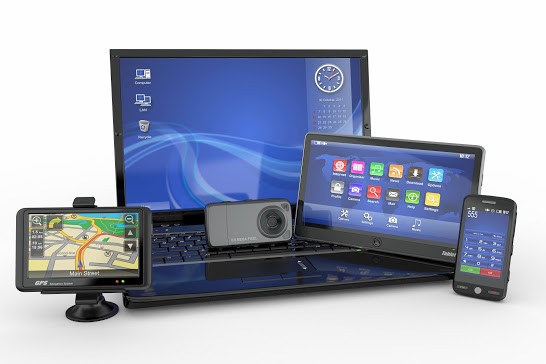Unplug: 6 Tips for Storing Electronics
In this digital age, households have more individual electronic devices than ever before. While this increase in technology makes it easy to entertain, connect, and innovate, electronics can also complicate routine tasks like moving and placing items in storage.
While electronics do not necessarily look like your most fragile belongings, storing them incorrectly could cause irreparable damage. In this blog, we list six guidelines to ensure that your electronics emerge from storage in the same condition they went in.
- Choose the Right Packing Materials
As you prepare to pack your electronic items for storage, carefully consider what you’ll wrap them in. Many other items can be cushioned with and wrapped in whatever you have on hand, but a poor choice in packing materials could damage electronics.
For example, you should never wrap electronics in plastic since the plastic barrier could trap moisture and cause water intrusion, short circuiting the item. Instead, pack with Styrofoam if you’re buying new packing materials or household textiles with minimal texture if you’re packing with items you already own.
- Find Your Manuals and Containers
Before you begin, you should locate as many user’s manuals and original containers as possible. User’s manuals often contain instructions for how best to store that particular item, including warnings about specific hazards that could affect how the device functions.
For example, some electronics are extremely sensitive to cold temperatures and must return to room temperature before being used. If you cannot find your original manual, you may find a copy online.
If you have the boxes that your electronics came in, you have the opportunity to pack these items securely without the risk of warping any of the surfaces. Original containers are particularly helpful for items with large screens like televisions and computer monitors, which could crack if not properly packed.
- Make a Record of the Current Configuration
When you’re ready to start packing up, take a picture or write a note about the current configuration of the device. Your record should include any settings that will reset once the device is unplugged, the correct position of any cords, and so on.
You may find it helpful to take a picture of the configuration or even record a video of yourself unplugging everything so you can reference that image later.
- Remove All Detachable Items
You should not leave any detachable item connected to an electronic device. This category includes all media carriers like DVDs, cassettes, VHS tapes, floppy discs, USB sticks, and external hard drives. Eject these items properly and store them separately.
Then, detach all cords and other accessories. If you’re putting several similar electronics in storage, you may want to bundle all the cords for each item together or color-code them with stickers to avoid confusion when unpacking.
When possible without potentially damaging the electronic device, pack all accessories in the same box so you don’t have to search for them later.
- Reserve a Climate-Controlled Unit
As mentioned in sections one and two, virtually all electronic devices are vulnerable to moisture and temperature extremes. If you plan to keep your devices in a storage unit for any significant period of time, reserve a climate-controlled storage unit.
Discuss the temperature policies with your storage provider so you know exactly what conditions your electronics will be left in while tucked away in the unit. Additionally, you should inquire about any dehumidifying efforts that the storage facility provides.
If humidity control is not an option, consider investing in desiccants like silica packs that you can pack in your boxes to protect the devices from moisture.
- Store Electronics at the Back of the Unit
As you organize your storage unit, come up with a plan for where you want to keep the electronics. Ideally, you should store these items near the back of the unit, off the floor, and with nothing stacked on top of them. Follow any device-specific instructions regarding which side of the box faces upward.
The position at the back of the unit generally places your electronics closer to the HVAC vents, if there are inside the unit. Additionally, a place near the back reduces the risk of your boxes being seen and identified by any would-be thief when you’re organizing the unit.
If you’re concerned about theft, ask your storage facility about their security measures to learn how you can best protect your belongings. You can also place items of low value at the front of the unit so that, when you open the unit, anyone passing by won’t see a target worth pursuing.
Use these recommendations so that you can put your electronics right back into use after you retrieve them from your storage unit.
For climate-controlled self-storage perfect for electronics and other household items, reach out to North Star Mini Storage.


